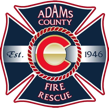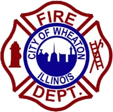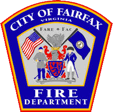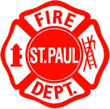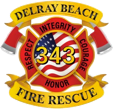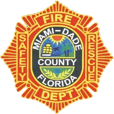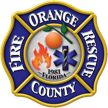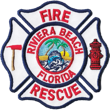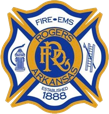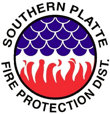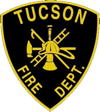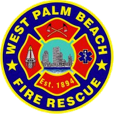Leverage your data to produce evidence-based insights that work for you. Our analytics can help you obtain resources that improve your service delivery, help meet compliance regulations, and more.
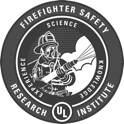








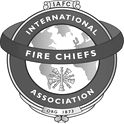
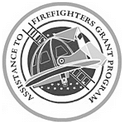
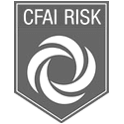












Fire departments using NFORS can assess the impact of their response availability, capability, and operational effectiveness on the outcome of a fire or other emergency. Optimal performance minimizes the occurrence of firefighter injury and death, civilian injury and death, and property loss.
Formerly the Computer Aided Dispatch (CAD) Module, NFORS Analytics is integrated directly with a fire department's CAD or RMS (Records Management System) for automatic extraction of operational data.
The Firefighter Exposure Module links to the NFORS Analytics Module creating a Career Diary for individual firefighters. This module is being used by other AFG-funded grant projects for firefighter cancer surveillance and will be leveraged to enroll U.S. firefighters into the National Firefighter Cancer Registry.
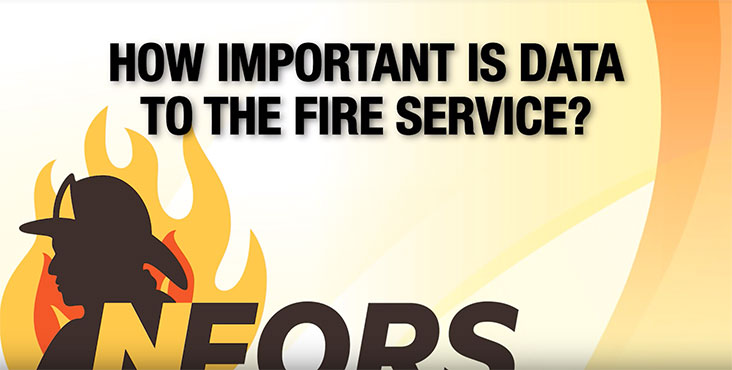
Leverage your data to produce evidence-based insights that work for you. Our analytics can help you obtain resources that improve your service delivery, help meet compliance regulations, and more.

“In the constant battle to match critical resources to the needs in our communities, FireCARES and NFORS provide valuable information designed to decrease overall community risks and vulnerability. The overarching goal of both FireCARES and NFORS is to assist in making sound decisions, based on quantifiable data that will provide for safe, effective, and efficient emergency response services.”
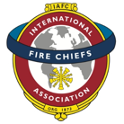
“NFORS was created and designed to be a tool for fire chiefs to assess their resources deployment and operational performance, thereby helping to improve safety for both citizens and firefighters. My Chief Officers and I use NFORS to make daily decisions regarding personnel decontamination and unit exhaustion, and it provides us a method to look at our performance, through multiple frames of reference, in real time. NFORS is an essential planning and budgeting tool that provides a granular look at the capability and capacity or fire department resources within the community.”
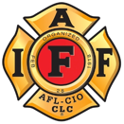
“FireCARES assesses community risks and fire department response to risk events. It is a big-data analytical system that can be used with NFORS to provide powerful insights into resource deployment and on-scene operations. Both of these tools leverage the results of the landmark NIST studies on residential and high-rise fires, bringing scientific accuracy to deployment decisions and firefighter safety.”

“IPSDI is empowering fire departments to harness the power of their data to better protect their communities with two cutting edge data science solutions. FireCARES is a platform that takes the complex issue of data analysis and develops tools to make data useful for the fire service. It is becoming a total launch point for the fire service to recognize the power of data and the value of quality data entry. NFORS brings real-time visualization of fire service effectiveness and efficiency right to the department so they can gain insights and save lives.”

“The need for fire service leaders to provide transparency in their actions, make decisions based on hard data, promote a culture that can adapt quickly and innovate with creativity, is the new normal. FireCARES and NFORS serve as contemporary tools for agencies wishing to improve as it provides easy access to necessary risk and performance data. Such data are foundational in the Commission on Fire Accreditation International accreditation process where agencies self-assess their organization to determine risk and safety needs for the community, evaluate performance, align resources and establish methods to continuously improve.”

“I am truly humbled by your efforts in organizing emergency response data and making information easily accessible to everyday users. Your efforts are providing enhanced information to many organizations across the country. Ultimately this leads to better decisions and a higher level of service delivery to our citizens. You are making a difference!”
